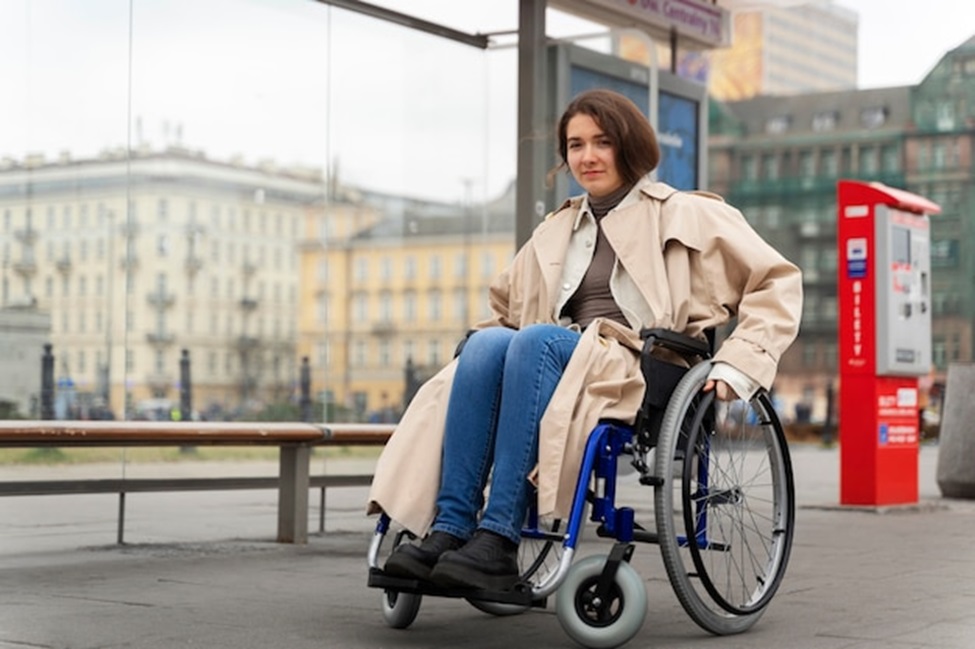Medical fabric suppliers play a crucial role in healthcare safety and comfort. Medical textile is the term used for materials that are designed for use in medical applications specifically. This can range from PPE to laminated materials, fabrics used to treat wounds, and upholstery, amongst other items.
This article will look at medical fabric suppliers and how important they are to healthcare professionals and the safety of patients. Starting with an explanation of what medical fabric is.
What is medical fabric?
Medical textiles are materials that have been designed for medical applications. This can include fibrous fabrics that are versatile and used to treat wounds in a safe manner, to materials used in air holding applications, for upholstery in patient care, and PPE.
Due to the stringent parameters that medical fabrics are designed for, they have properties that non-medical, regular textiles do not have. This includes the fact that they are designed to be non-toxic, non-allergenic, anti-microbial, and biocompatible. It’s important that these properties are present in medical fabrics because they ensure the safety of patients and medical professionals.
There are many different applications and medical devices where medical fabrics and textiles are used.
What applications are medical fabrics found in?
There are three different areas of healthcare settings where medical fabric suppliers can help. This includes:
The safety of patients and staff
Medical fabrics are used to help with infection control. This includes the design of fabrics for masks, surgical gowns, and drapes. It helps to form an essential barrier to prevent the spread of bacteria and viruses.
Fabrics can be designed with antimicrobial properties or treatments to help fight infection. This helps to reduce the spread of infection throughout the hospital.
Fabrics in a medical setting must be resistant to bodily fluids and other liquids, protecting staff from hazardous substances and limiting cross-contamination. Sterility is key, with fabrics designed to meet strict hygiene standards.
Comfort of patients and staff
Breathability of fabrics and flexibility are key, allowing for health workers to wear PPE that is comfortable and allows for easier work.
Mobility is important, with resilience and robustness balanced with comfort and stretch. This allows for easier movement during treatment and other challenging tasks.
Bedding and seating provide locations of comfort and rest for patients. The fabrics used for these applications must be comfortable, durable, and easy to clean to boost patient well-being.
Supporting treatment
Fabrics for uniforms, laminated IDs and disposable or reusable textiles are much needed in a healthcare setting. Distinguishing healthcare professionals by their role helps patients to have peace of mind and comfort that they know who is treating them. Overall, good medical fabrics are a cost-effective solution for many healthcare challenges.
Find the best medical fabric suppliers for your healthcare setting
Finding the right medical fabric supplier for your needs is important. If you are the person responsible for the procurement of items and applications in a hospital or other type of healthcare setting, you’ll be familiar with the importance of medical fabrics. There are many different regulations in the healthcare sector, ensuring the safety of both the medical professionals and patients.
It’s important to have access to the best medical fabric to suit your specific needs and to ensure the safety of your patients. Whether you require medical textiles for one application or for multiple applications, it’s vital that you have the highest standard of items available to you. Medical fabric suppliers with a history of supporting the healthcare sector will help you acquire technical medical fabric that meets stringent standards for the industry.




